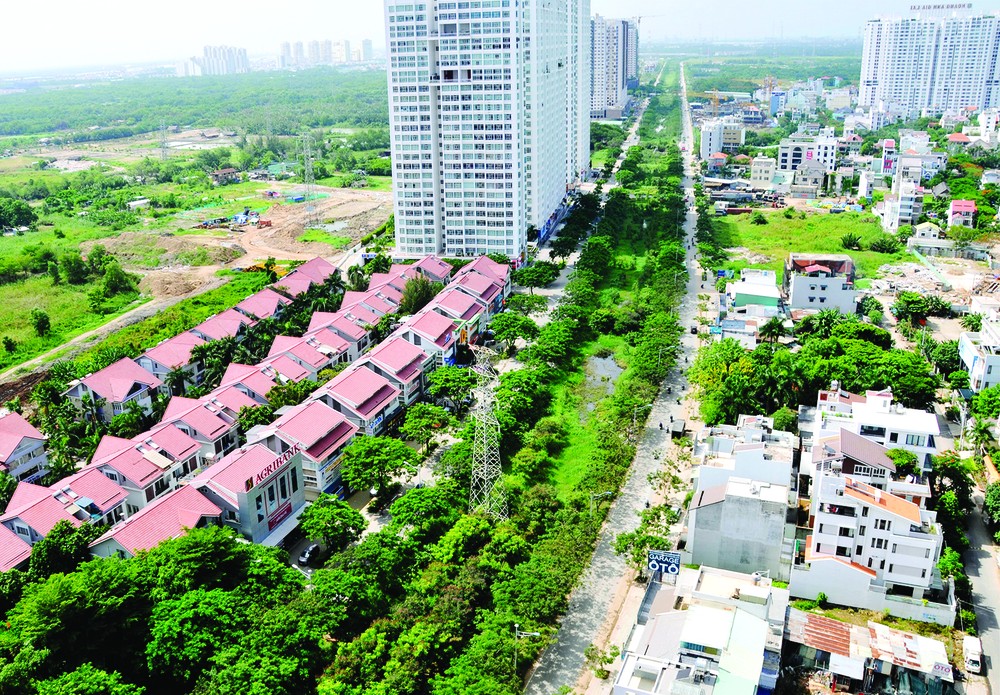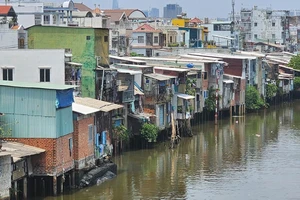
The four satellite cities aim to attract investment for socioeconomic development, reduce population increase pressure and infrastructure overloading in the center of the city.
They comprise south, northwest, Hiep Phuoc seaport complex and hi-tech urban areas. Of them, only the hi-tech area has been progressing in District 9 over 913 hectares. Technical infrastructure has completed 85 percent and 82 percent of investment certificates have been granted with 60 percent of that having started construction mostly industrial establishments.
HCMC has determined the northeast to be the main motive power of development with science-technology being critical internal force in operations of all industries in the area. With the purpose of strongly developing science and technology there, the city plans to set up new hi-tech areas comprising a science and technology park in Long Phuoc ward and Quang Trung Software Park 2.
In the south, except Phu My Hung new urban area that has been fully built, other projects have been developed scattered. About 30-35 percent of the total planed area of 3,000 hectares have been constructed.
According to the Department of Planning and Architecture, limited traffic connectivity and asynchronous urban amenities among urban areas along Nguyen Van Linh street, logistics areas and commercial centers have raised difficulties in calling on investors to the area. Approved projects are small scaled as the city has yet chosen large urban projects and delivered to qualified investors.
Of the four urban cities, the most sluggish one is the northwest urban area without investors so far. The project are scheduled to develop in two phases. The first phase stretches over 6,000 hectares partly in Hoc Mon and Cu Chi with the population expected to reach 300,000 people.
The northwest area is planned to develop toward a commerce, service, administrative, health, education, culture, sport and amusement center to transfer the area’s economic structure from agriculture into urban services and reduce population and traffic pressure for the center of the city.
However, there has no project implemented in the area. Highway 22 has not been broadened, limiting traffic connectivity from the center of the city to Cu Chi district.
The implementation of Hiep Phuoc seaport urban area has been slow due to planning problems. According to plan, the 3,911 hectare area comprises 1,345 hectares of urban land and 1,740 hectares of seaports. The remaining area is water face area.
Traffic infrastructure will be built to connect the center of the city and the south, providing a driving force to develop Districts 7 and Nha Be. At present, authorized agencies have yet completed a 1:2000 scaled plan to create a basis to implement projects.
The Department of Planning and Architecture has proposed to review the plan to attract more investors to the four satellite cities. Besides the above, the HCMC People’s Committee has studied a 280 hectare Can Gio reclamation urban area, which has not been planned, in Long Hoa commune to change Can Gio’s economic structure and develop ecotourism in the southern part of the city.
At present, the Department of Planning and Architecture has estimated the project’s environmental impact as well as influence on national defense, security and organized architectural design contests for the reclamation area.
























